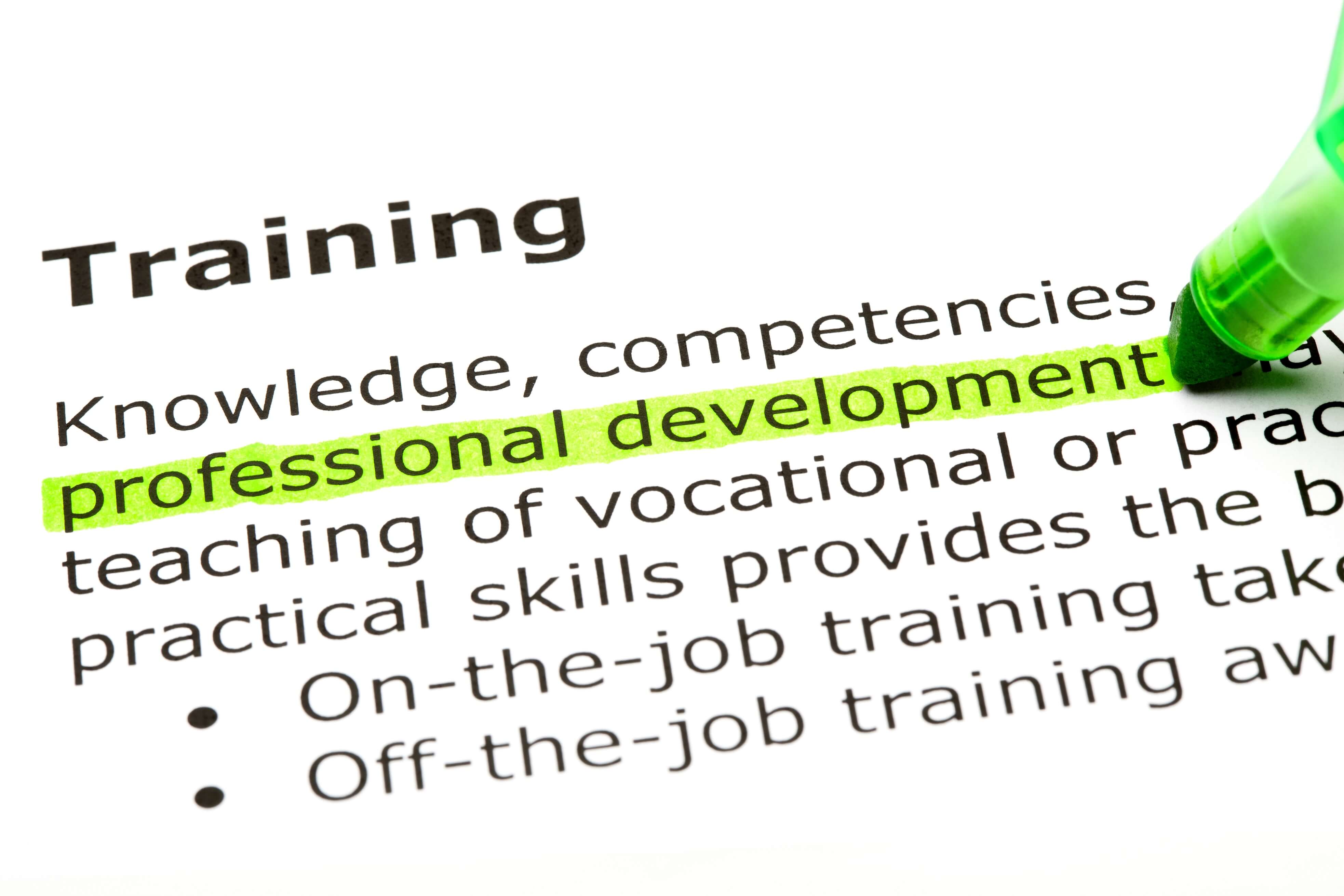December 2017 saw the third annual Australian Council of Deans of Education Vocational Education Group (ACDEVEG) conference held at TAFE Queensland’s Southbank Campus in Brisbane.
Three keynotes and 16 papers were presented over the one and half day program. Its theme was “Driving the Future Quality of VET Teaching in Australia”. Here are some of the highlights.
The key issues
The papers cover a range of issues, but a couple of those highlighted here are discuss professional development and maintaining industry currency. This is all in the context of the importance of a strong VET sector. In Craig Robertson’s keynote he highlights a range of the issues confronting VET at present. And it’s well worth a read. First, he notes that VET IS an industry, but is not seen as such. Second, there is a growing demand for skilled workers, which VET can help with if it’s allowed to and freed from some of its constraints. One of these is the form and functionality of training packages. His organisation, TAFE Directors Australia, is advocating for greater autonomy and flexibility in qualification design. The take up and use of VET qualifications is another issue with “enrolments in less than half of the qualifications with most concentrated in about 50.” Finally, he raises concerns about the Certificate IV as providing an adequate entry for teachers in the sector. As he points out:
“Our [VET] workforce needs to be armed with new approaches to dealing with the demands of the consumer. The compliance approach against training packages which at best defines tasks for today’s role couldn’t be further from what we require.”
Some views on VET’s workforce
In the second keynote for the conference, Robin Shreeve also highlights the significant issues the VET sector is facing, including funding cuts, marketisation, predatory behaviors by the higher education sector and the significant problems associated with the Commonwealth’s VETFeeHelp scheme. Importantly, he suggests that there has not been enough focus on VET workforce issues. The issues include an aging workforce, significant levels of casualisation, recruitment and retention issues and their education and training. Solutions he proposes include peak bodies advocating for a major strategy to renew the VET workforce and considering how a “new blood” recruitment strategy could be implemented.
Developing a dual identity: professional development in teaching and learning and industry currency
Teressa Schmidt from Central Queensland University reported on the interim findings of research she is conducting. She challenges whether maintaining industry currency hinders the development of advanced teaching skills. One of her interviewees nailed the dilemma:
‘It’s great to have awesome currency, but unless you balance that out with great educational [knowledge and skills], I don’t believe that’s the making of a good practitioner. You’ve got to have education with Industry.’
Teressa questions whether industry currency can be maintained without losing one’s identity as a VET teacher. She suggests it’s really hard to juggle both, and can be exhausting.
Managing industry currency
Mark Tyler and Darryl Dymock from Griffith University looked at the issue of industry currency by interviewing 26 teaching staff at one public provider. Mark and Daryl found that slightly more rated (13/26) industry currency a ‘10’ in comparison with the development of teaching knowledge and skills (11/26). But there were barriers to growing industry currency. These include access, lack of financial support, trust and teaching demands. The other issue is that what counts as industry currency is “ambiguous as there appears a plethora of acceptable activity and evidence.”








